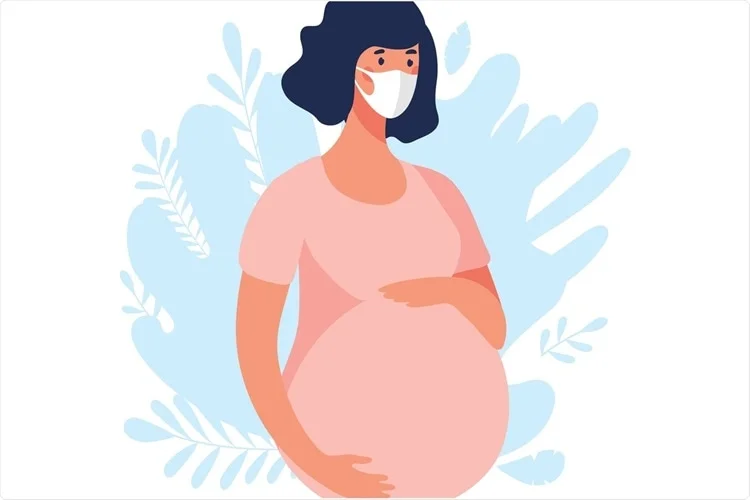Obstetrical outcomes and maternal morbidities associated with COVID-19 in pregnant women in France: A national retrospective cohort study
This article was originally published by Plos Journal in November 2021.
Abstract
To the best of our knowledge, no study has exhaustively evaluated the association between maternal morbidities and Coronavirus Disease 2019 (COVID-19) during the first wave of the pandemic in pregnant women. We investigated, in natural conceptions and assisted reproductive technique (ART) pregnancies, whether maternal morbidities were more frequent in pregnant women with COVID-19 diagnosis compared to pregnant women without COVID-19 diagnosis during the first wave of the COVID-19 pandemic.
Methods and findings
We conducted a retrospective analysis of prospectively collected data in a national cohort of all hospitalizations for births ≥22 weeks of gestation in France from January to June 2020 using the French national hospitalization database (PMSI). Pregnant women with COVID-19 were identified if they had been recorded in the database using the ICD-10 (International Classification of Disease) code for presence of a hospitalization for COVID-19. A total of 244,645 births were included, of which 874 (0.36%) in the COVID-19 group. Maternal morbidities and adverse obstetrical outcomes among those with or without COVID-19 were analyzed with a multivariable logistic regression model adjusted on patient characteristics. Among pregnant women, older age (31.1 (±5.9) years old versus 30.5 (±5.4) years old, respectively, p < 0.001), obesity (0.7% versus 0.3%, respectively, p < 0.001), multiple pregnancy (0.7% versus 0.4%, respectively, p < 0.001), and history of hypertension (0.9% versus 0.3%, respectively, p < 0.001) were more frequent with COVID-19 diagnosis. Active smoking (0.2% versus 0.4%, respectively, p < 0.001) and primiparity (0.3% versus 0.4%, respectively, p < 0.03) were less frequent with COVID-19 diagnosis. Frequency of ART conception was not different between those with and without COVID-19 diagnosis (p = 0.28).
When compared to the non-COVID-19 group, women in the COVID-19 group had a higher frequency of admission to ICU (5.9% versus 0.1%, p < 0.001), mortality (0.2% versus 0.005%, p < 0.001), preeclampsia/eclampsia (4.8% versus 2.2%, p < 0.001), gestational hypertension (2.3% versus 1.3%, p < 0.03), postpartum hemorrhage (10.0% versus 5.7%, p < 0.001), preterm birth at <37 weeks of gestation (16.7% versus 7.1%, p < 0.001), <32 weeks of gestation (2.2% versus 0.8%, p < 0.001), <28 weeks of gestation (2.4% versus 0.8%, p < 0.001), induced preterm birth (5.4% versus 1.4%, p < 0.001), spontaneous preterm birth (11.3% versus 5.7%, p < 0.001), fetal distress (33.0% versus 26.0%, p < 0.001), and cesarean section (33.0% versus 20.2%, p < 0.001). Rates of pregnancy terminations ≥22 weeks of gestation, stillbirths, gestational diabetes, placenta praevia, and placenta abruption were not significantly different between the COVID-19 and non-COVID-19 groups. The number of venous thromboembolic events was too low to perform statistical analysis. A limitation of this study relies in the possibility that asymptomatic infected women were not systematically detected.
